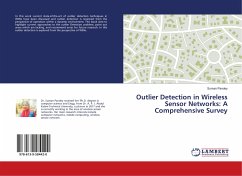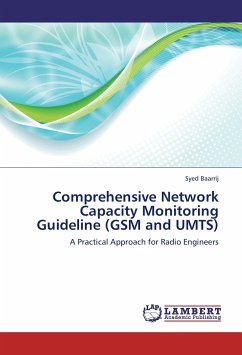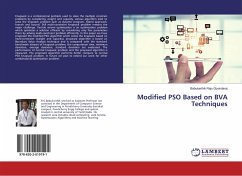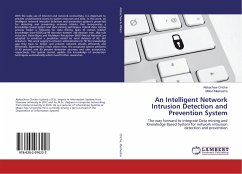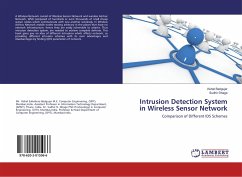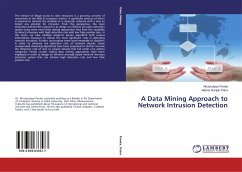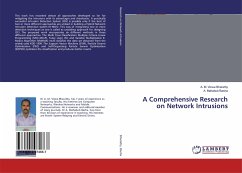
A Comprehensive Research on Network Intrusions
Versandkostenfrei!
Versandfertig in 6-10 Tagen
43,99 €
inkl. MwSt.

PAYBACK Punkte
22 °P sammeln!
This work has recorded almost all approaches developed so far for mitigating the intrusions with its advantages and drawbacks. A practically successful Intrusion Detection System (IDS) is possible only if the best of two or more different approaches are utilised in building a Hybrid Network Intrusion Detection system (H-NIDS). This way of integrating two or more detection techniques as one is called as cascading approach for designing IDS. The proposed work incorporates six different methods in three different approaches. The Multi Class Classification Multiple Criteria Linear Programming (MCC...
This work has recorded almost all approaches developed so far for mitigating the intrusions with its advantages and drawbacks. A practically successful Intrusion Detection System (IDS) is possible only if the best of two or more different approaches are utilised in building a Hybrid Network Intrusion Detection system (H-NIDS). This way of integrating two or more detection techniques as one is called as cascading approach for designing IDS. The proposed work incorporates six different methods in three different approaches. The Multi Class Classification Multiple Criteria Linear Programming (MCC-MCLP), Fuzzy Logic (FL) and Variable Multiplicative K-Means Algorithm (VMKMA) multi classifies the data set obtained from the widely used KDD 1999. The Support Vector Machine (SVM), Particle Swarm Optimization (PSO) and Self-Organising Particle Swarm Optimization (SOPSO) optimizes the classification and produces better results.



